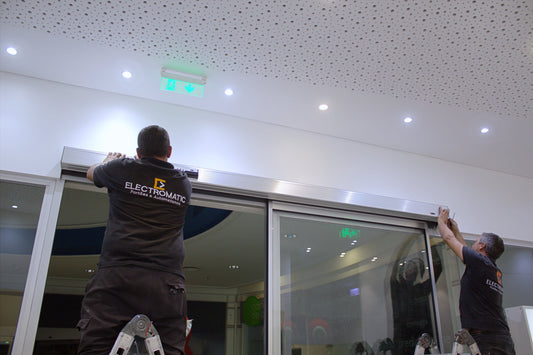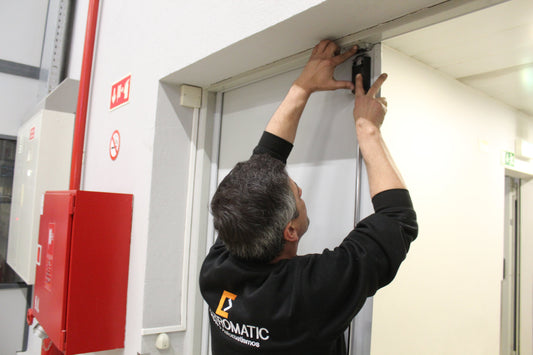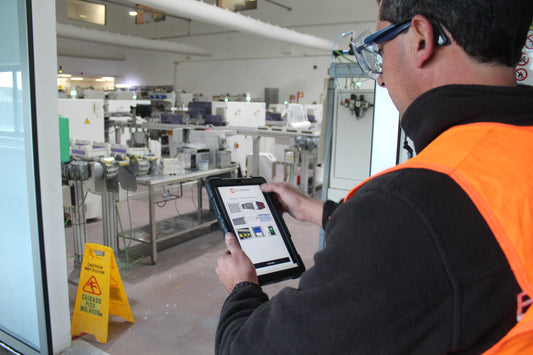The Importance of Fire Doors in Building Security
Share

Slow the spread of fire: Fire doors are designed to resist fire for a certain period of time, generally between 30 minutes to 120 minutes, depending on the rating of the door. This ability to slow the spread of fire gives people more time to evacuate the building and firefighters more time to get to the scene and control the fire.
Protect evacuation points: Fire doors are installed in evacuation paths such as corridors, stairwells and emergency exits. They ensure that escape plans remain free from smoke and excessive heat, allowing people to exit the building safely. Furthermore, these fire doors also help prevent buildings from collapsing as they can resist fire for a specified period of time.
Divide the building into compartments: Fire doors are used to divide a building into compartments, limiting the spread of fire to a specific area. This is particularly important in large buildings, where a fire in one area can quickly spread to other parts of the building. By containing fire, fire doors help protect lives and reduce property damage.
Protect assets and properties: Apart from protecting human lives, fire doors also play a vital role in protecting assets and properties. By preventing fire from spreading, these doors minimize damage caused by fire, smoke and heat. This can result in smaller financial losses and make rebuilding after a fire easier.
Meet safety regulations: In many countries, fire doors are required by law in public, commercial and residential buildings. They are an essential part of fire safety regulations and are designed to ensure adequate protection of people and property. Complying with these regulations is essential to avoid administrative offenses and fines, in order to guarantee a safe environment for everyone.
In conclusion, fire doors play a crucial role in building security. They are designed to slow the spread of fire, protect evacuation points, divide buildings into compartments, protect assets and properties, as well as comply with safety regulations. Investing in quality fire doors and ensuring they are properly maintained is essential to creating a safe and fire-protected environment.





